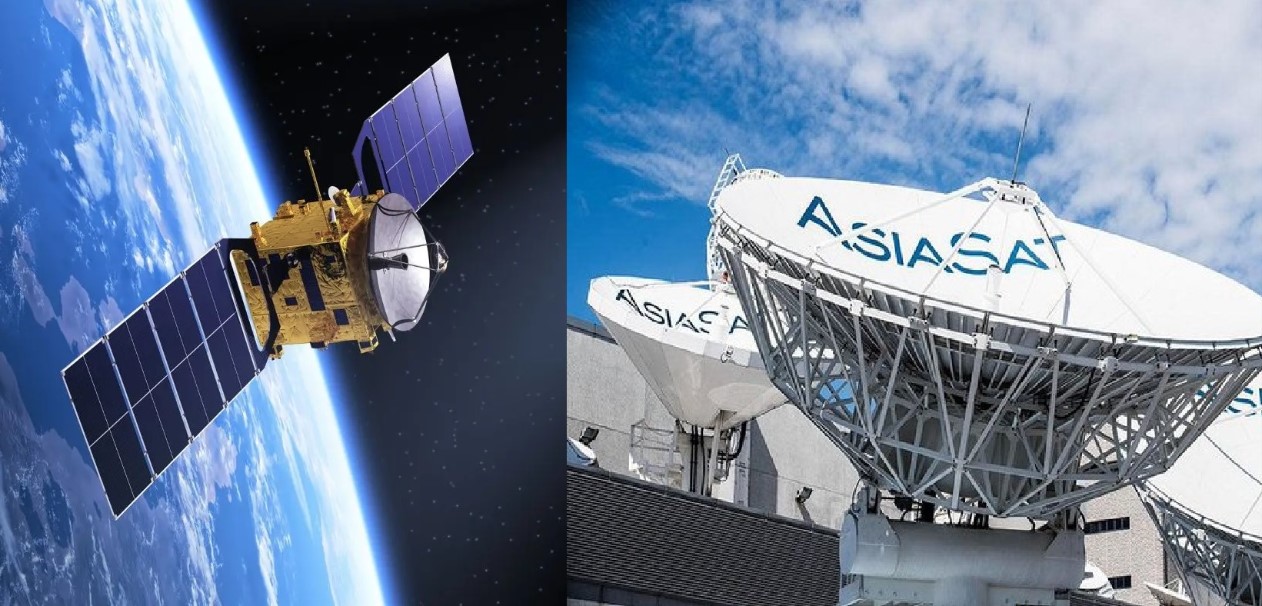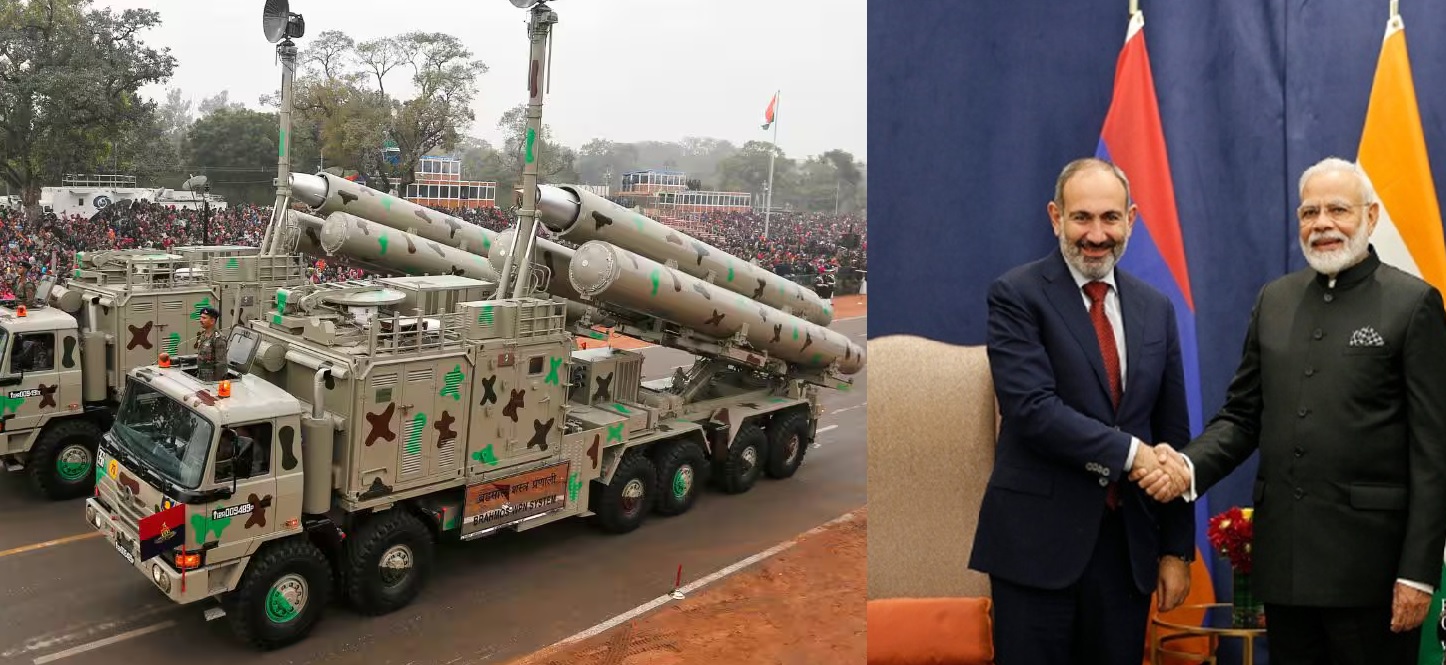India Blocks Chinese Satellites from Serving Indian Broadcasters, Orders Broadcasters to Shift to GSAT or Intelsat by 2026

In a move underscoring India’s tightening space and communication security policies, the Indian National Space Promotion and Authorisation Centre (IN-SPACe) has rejected new applications from Chinese and Hong Kong-based satellite operators — including Chinasat, ApStar, and AsiaSat — to provide satellite broadcasting and communication services to Indian firms. The decision effectively prevents these foreign operators from leasing transponders or offering bandwidth to Indian broadcasters and telecom companies.
The order, issued quietly but with far-reaching consequences, directs all Indian television broadcasters and DTH service providers currently using foreign satellite capacity from these companies to migrate to Indian or approved Western satellites by March 2026. The approved alternatives include India’s GSAT series (operated by ISRO) and Intelsat, a U.S.-based operator with which India has ongoing collaboration for commercial communication services.
National Security and Regulatory Considerations
Officials familiar with the matter indicate that the denial of Chinese-origin satellite services was driven primarily by national security and data sovereignty concerns. The government’s internal assessment reportedly found that allowing foreign—particularly Chinese-controlled—satellite networks to beam into Indian territory or carry Indian broadcast signals could pose risks to information security, surveillance, and electromagnetic spectrum integrity.
Although the rejected companies—Chinasat, ApStar, and AsiaSat—have been long-time global players in satellite communication, they are either state-owned or have significant Chinese government shareholding. Under India’s evolving space policy, any satellite operator wishing to serve Indian customers must undergo strict scrutiny under IN-SPACe and Department of Space (DoS) guidelines, including origin tracing, data handling standards, and end-use verification.
An IN-SPACe official, speaking on condition of anonymity, said that the regulator “has taken a cautious approach given the geopolitical situation and the growing sensitivity around space assets and communication networks.”
Impact on Indian Broadcasters
The immediate effect of this policy shift will be on private TV broadcasters, telecom transmission companies, and content distributors who have leased bandwidth on foreign satellites for years due to limited domestic capacity. Channels that currently rely on AsiaSat-7, ApStar-6C, or Chinasat-12 will now need to transition to ISRO’s GSAT platforms or partner with Intelsat for continued service.
To avoid disruption, the government has given a transition window until March 2026, allowing companies time to realign their satellite uplink operations and obtain new transponder leases. The Ministry of Information and Broadcasting (MIB) and Department of Telecommunications (DoT) are expected to jointly issue updated operational guidelines to facilitate a smooth shift.
Industry executives acknowledge that while the transition will come with costs and logistical challenges, it also aligns with India’s push for self-reliance in space-based communication infrastructure. ISRO, through its commercial arm NewSpace India Limited (NSIL), has already begun offering additional C-band and Ku-band capacity on the GSAT-30, GSAT-31, and upcoming GSAT-N2 satellites to accommodate displaced broadcasters.
A Strategic Policy Direction
The rejection of Chinese and Hong Kong-based satellite operators reflects India’s broader strategy to secure its orbital and spectrum assets, especially as the country’s broadcasting and internet infrastructure becomes increasingly satellite-dependent. Over the past few years, India has expanded cooperation with trusted global operators like Intelsat, SES, and Eutelsat while limiting exposure to entities linked with adversarial nations.
The move is also consistent with the government’s 2023 Space Policy, which emphasizes the use of Indian-registered or friendly-nation satellites for services within India’s jurisdiction. The policy framework allows private participation but under strict oversight of IN-SPACe, which acts as the gatekeeper for all foreign satellite service approvals.
For Indian broadcasters, the 2026 deadline represents both a challenge and an opportunity — a challenge in terms of cost and transition, but an opportunity to participate in a more secure and indigenous satellite communication network. As GSAT capacity expands and private Indian space firms begin launching their own small communication satellites, dependency on foreign transponders is expected to decline steadily.
Analysts see the latest IN-SPACe decision as another step in India’s effort to safeguard its space-based communication infrastructure from potential vulnerabilities while promoting Make in India solutions in the satellite services sector.
By March 2026, if the migration proceeds as planned, all Indian television and communication signals will either pass through Indian or allied-controlled satellites — marking a quiet but significant milestone in India’s pursuit of space security and strategic autonomy.
✍️ This article is written by the team of The Defense News.






